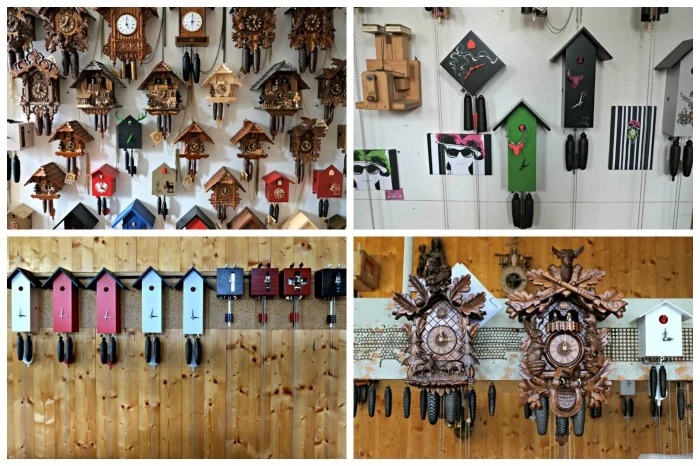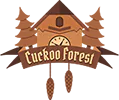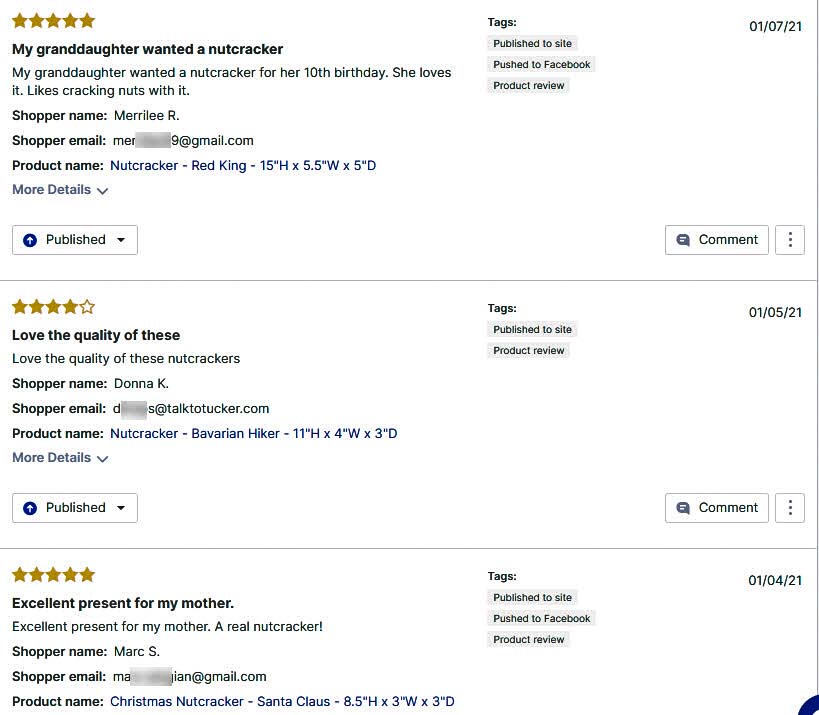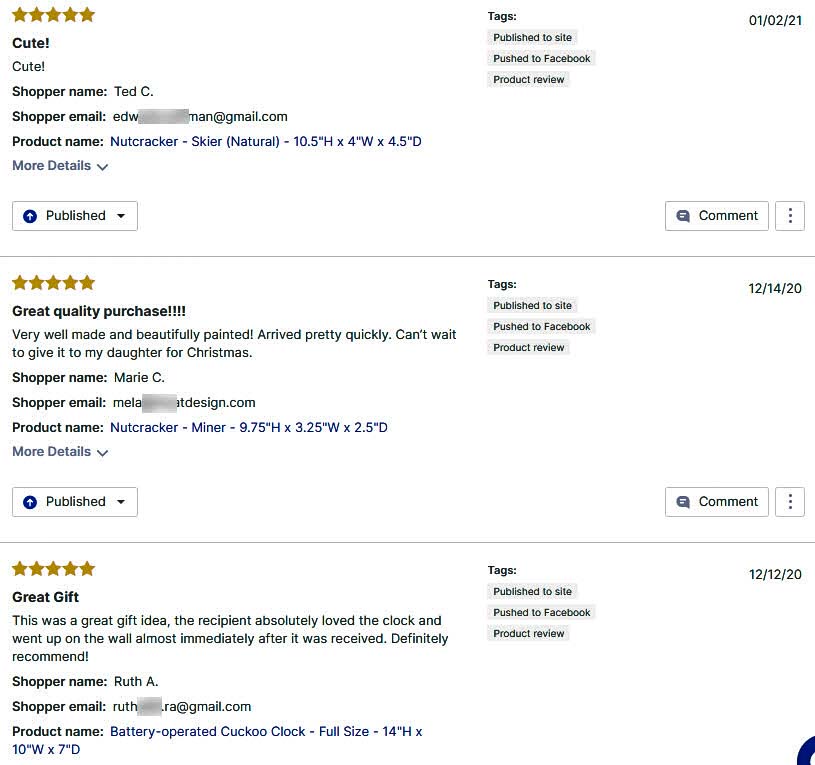The History of German Cuckoo Clocks
An Overview of Black Forest Cuckoo Clocks

The legendary cuckoo clock is a treasure trove of interesting facts and intricate designs. Learning the history of how the clocks came to be is part of the overall unique experience of being an authentic cuckoo clock owner.
But!
There are more to the artful clocks than time-honored tradition,
..each style of clock has its own flare to add to your home.
Clock Types
There are a few different styles of cuckoo clocks to choose from. These are simply a matter of taste, but often collectors hear the “call” of a certain clock or two.
The most popular are the Traditional style cuckoo clock and Chalet style cuckoo clock.
But there are a few others styles to choose from;
(all handmade in the Black Forest Region of Germany by master clockmakers.)
Traditional
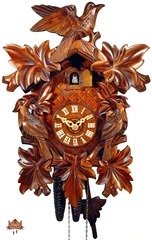
Chalet

Railroad House

Vintage Reproductions
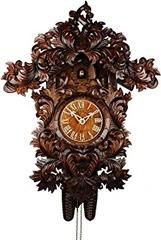
Shield
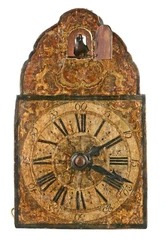
Modern

History
The first major production center was the city of Furtwangen.
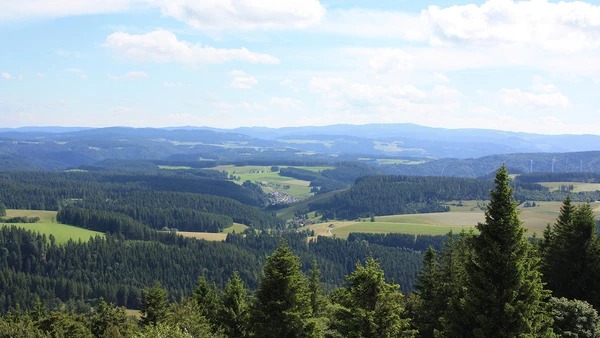

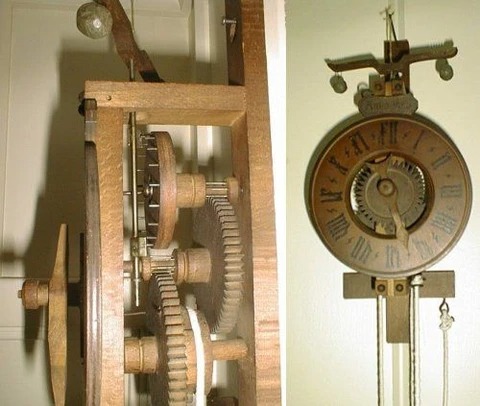
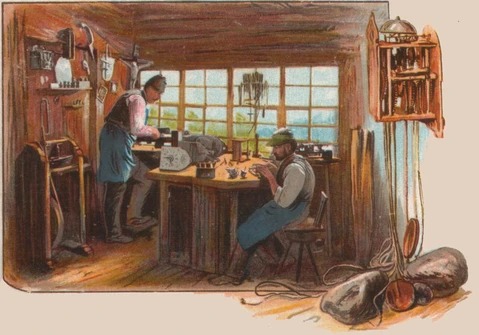
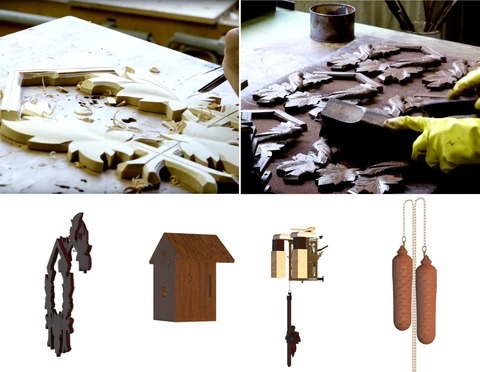
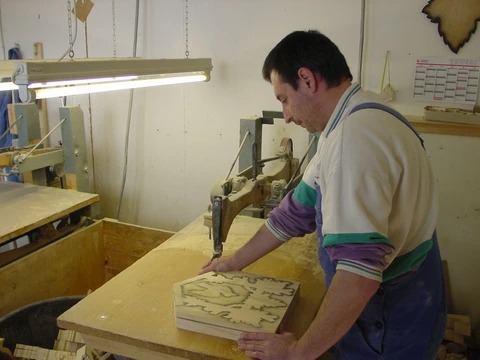
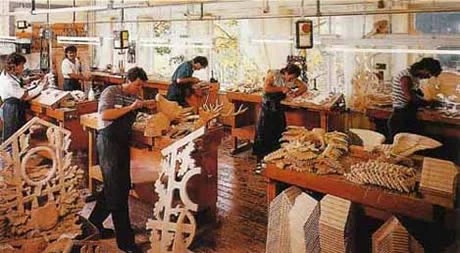
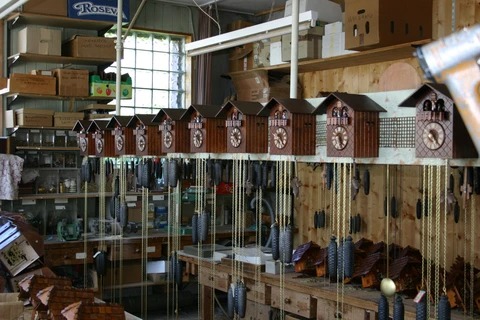
Production grew to nearly 6 million clocks by the early twentieth century!
At this time, nearly half of all clocks being exported around the world were originating from the Black Forest.
Later in the 1900’s,
…the production of authentic cuckoo clocks took a tumble.
Both World Wars had taken a toll and the rise of cheaper clocks, made from mass-produced plastic, became popular by the 1970s.
